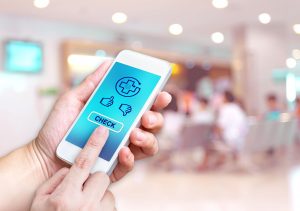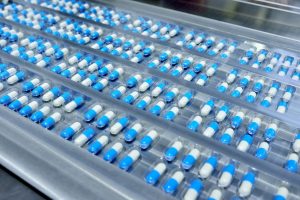Health 2.0 is designed to provide patients with a more comprehensive level of care. It focuses on the use of software and other tools designed to improve collaboration between patients, caregivers, medical professionals, researchers and other key players in the industry.
Patients can realize immense benefits from the use of Health 2.0, as it allows them to have a much more hands-on approach to their healthcare than ever before. People are becoming increasingly equipped to take control of their own health needs, which may have a significant impact on the overall health of the population as a whole.
5 Major Aspects of Medicine 2.0
Web-based healthcare services, deemed “Medicine 2.0,” are designed to help patients, medical professionals, caregivers and researchers work together to promote a higher standard of care. The five major aspects emerging from this new healthcare innovation include:
- Social Networking: Serves as a platform to facilitate conversation, allowing users to see what their peers are doing.
- Participation: Allows patients to play an active role in their healthcare by controlling their own health information.
- Apomediation: Offers patients a third option to receive high-quality healthcare information ─ in addition to healthcare professionals and conducting online research ─ from experts, tools and services.
- Collaboration: Provides the opportunity for researchers, healthcare professionals, patients and the community to come together and work to improve healthcare initiatives.
- Openness: Permitting the public to have access to information that was previously limited, such as health records, research and data.
Healthcare organizations traditionally operated as a closed system, but Medicine 2.0 strives to change that by promoting the above five themes to allow everyone to be involved.
Ability to Make Better Healthcare Decisions
Health 2.0 empowers patients to be more actively involved in their own healthcare decisions. Providing the opportunity to share their electronic health records (EHR) with medical professionals, researchers and caregivers, offers a whole new level of participation, giving them a greater stake in their healthcare. When people are more informed about various health issues, they can become better equipped to manage them. Medicine 2.0 could largely impact the number of chronic conditions impacting Americans, providing them with the necessary tools to combat preventable health issues.
Health informatics and health 2.0 have the power to shape public health for the better by focusing on preventative care. Data from individuals can be gathered and used to address the health concerns of the general population, rather than only individuals. This could seriously lower the entire population’s risk of disease and disability.




